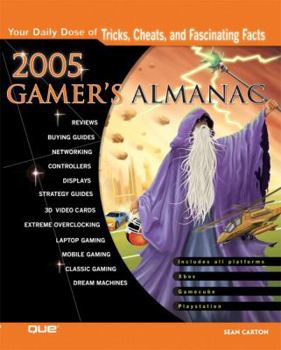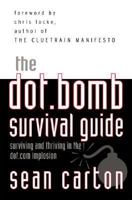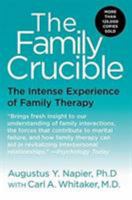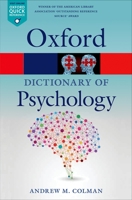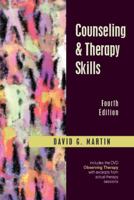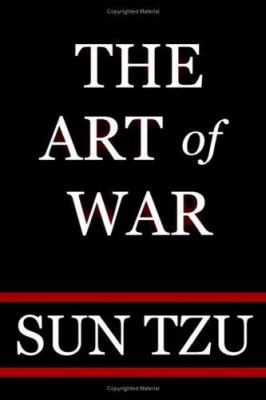2005 Gamer's Almanac: Your Daily Dose of Tricks, Cheats, and Fascinating Facts (Gamer's Almanac)
Select Format
Select Condition 
More by Sean Carton
Book Overview
Covers gaming on all popular platforms, including PC Xbox and PlayStation. This description may be from another edition of this product.
Format:Paperback
Language:English
ISBN:1590597273
ISBN13:9781590597279
Release Date:December 2006
Publisher:Apress
Length:384 Pages
Weight:1.70 lbs.
Dimensions:1.0" x 7.1" x 9.2"
You Might Also Enjoy
Customer Reviews
5 customer ratings | 5 reviews
There are currently no reviews. Be the first to review this work.











